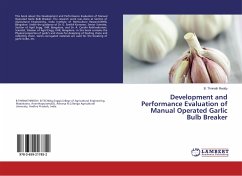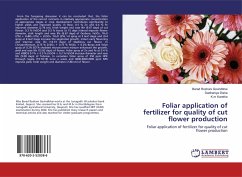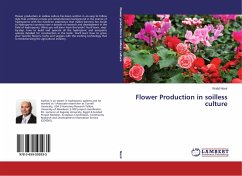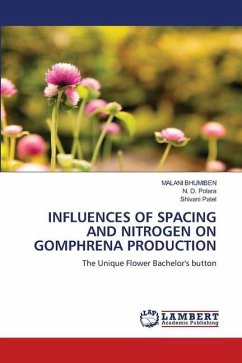
Hippeastrum: Technique of Bulb and Flower Production
Bulb production tehnique of hippeastrum
Versandkostenfrei!
Versandfertig in 6-10 Tagen
52,99 €
inkl. MwSt.

PAYBACK Punkte
26 °P sammeln!
Hippeastrum is newly introduced ornamental bulbous flowering plants in Bangladesh belonging to the family Amaryllidaceae. It is gaining momentum and popularity at a faster rate for its use as cut flower as well as pot plants in window gardening, landscaping, rockery, shrubbery, office premises and green house garden etc. This book provides comprehensive information on growing this plant at sub-tropical region of the world. Care has been taken to give brief description of the plant to facilitate their identification, use, propagation technique and other cultural practices in a lucid manner. Rec...
Hippeastrum is newly introduced ornamental bulbous flowering plants in Bangladesh belonging to the family Amaryllidaceae. It is gaining momentum and popularity at a faster rate for its use as cut flower as well as pot plants in window gardening, landscaping, rockery, shrubbery, office premises and green house garden etc. This book provides comprehensive information on growing this plant at sub-tropical region of the world. Care has been taken to give brief description of the plant to facilitate their identification, use, propagation technique and other cultural practices in a lucid manner. Recent developments in the technology of bulb production by in-vitro and bulb cutting for rapid multiplication of hippeastrum and different aspects of gardening have also been included in this book. A comprehensive bibliography of books, magazines, journals and other periodicals has been given to encourage further study. Inclusion of beautiful photographs and graphs of different experimental results add to the interest. It is written with a view to fulfill the long-felt need of the teachers and students of Ornamental Horticulture, Research scholars, Landscape Designers, Gardeners and Amateurs.














